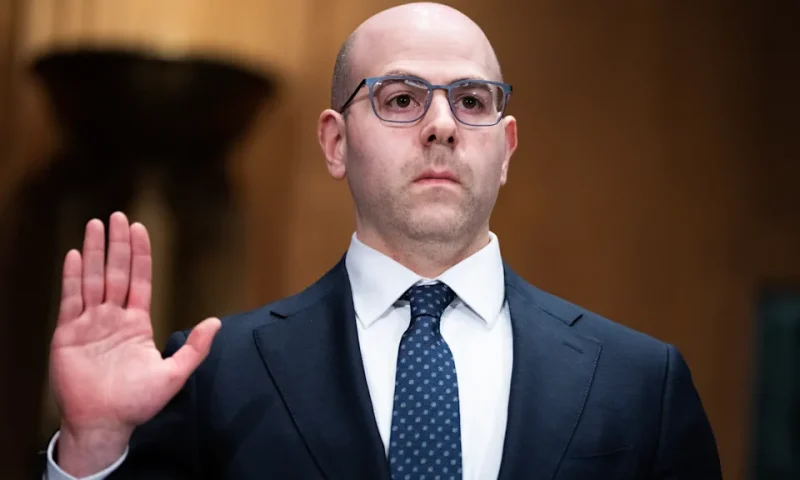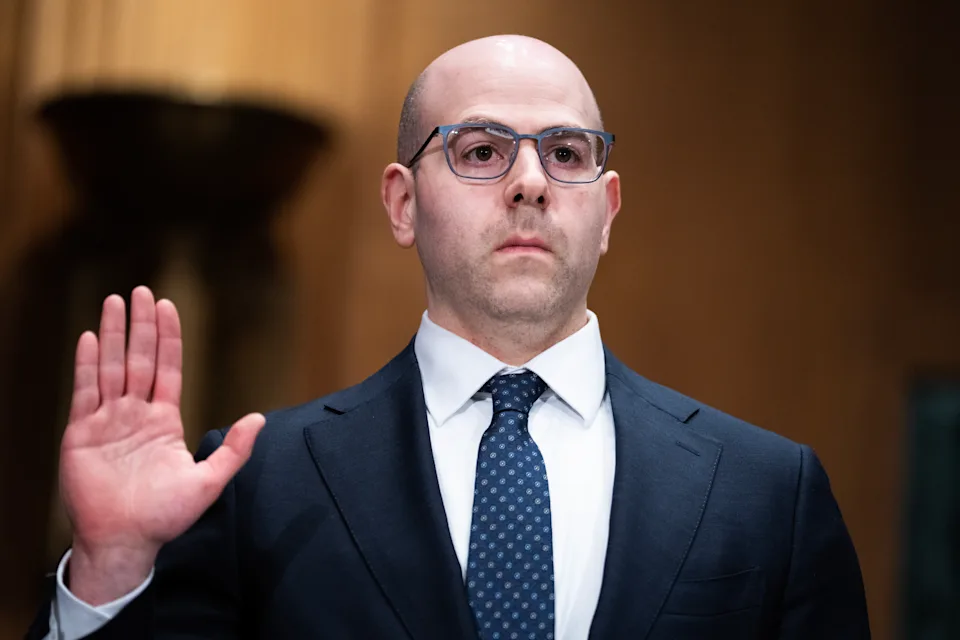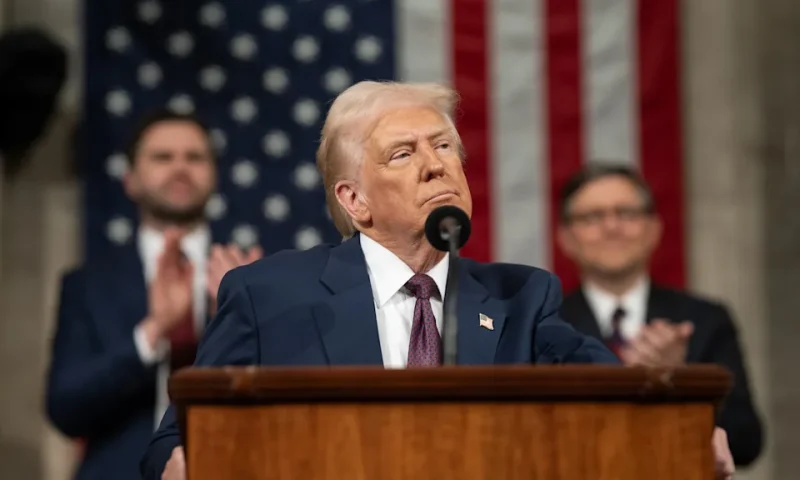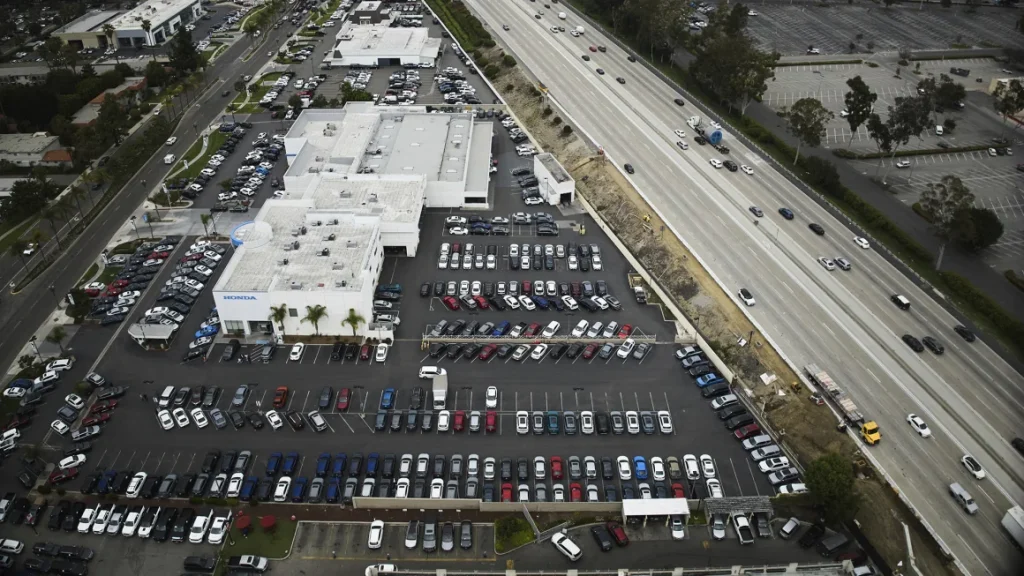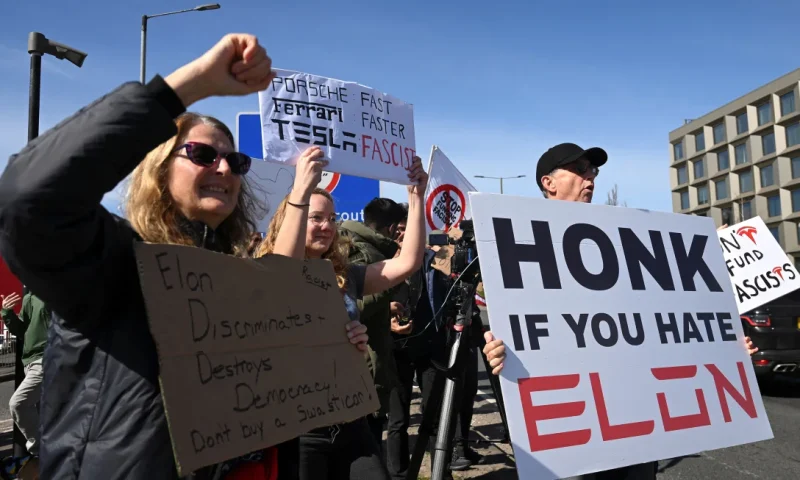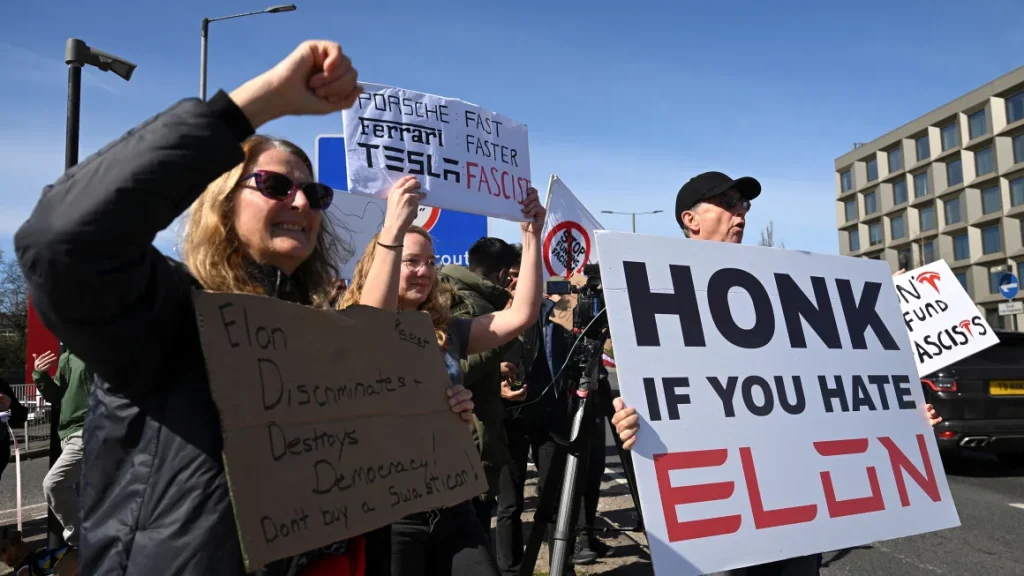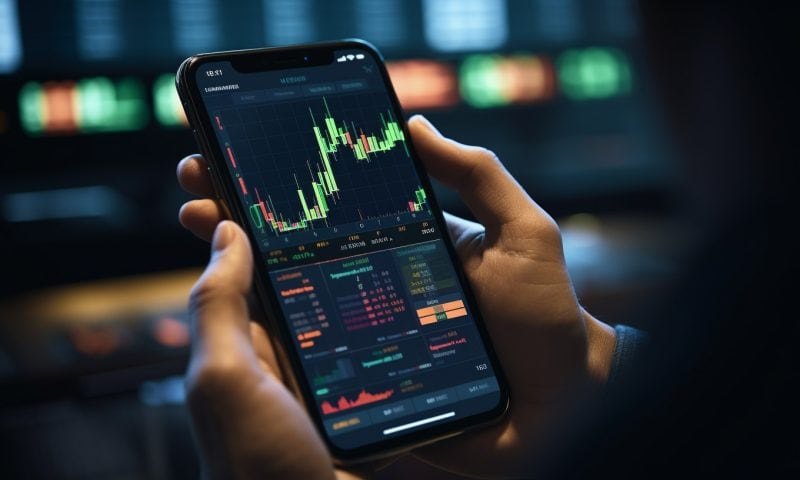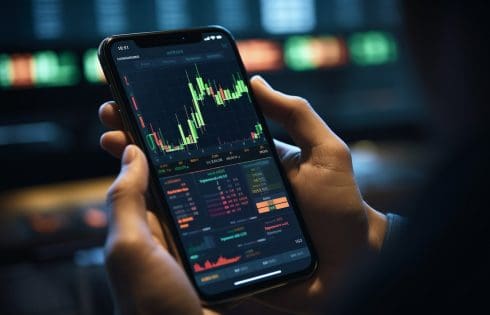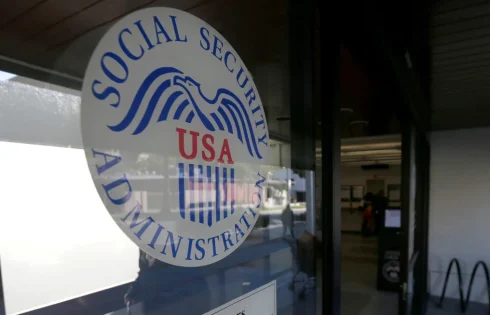
The Social Security Administration announced Wednesday that it is pushing back the rollout of a controversial anti-fraud measure by two weeks and reducing the number of applicants it will affect.
It’s the latest backtrack at the agency, which is in turmoil amid a massive reorganization spurred by the Department of Government Efficiency, and comes as the Elon Musk-led initiative is hunting for fraud at Social Security. More than 73 million Americans receive Social Security benefits.
The planned policy, which was set to take effect Monday, would have required all those filing benefit applications who cannot verify their identities through their online “my Social Security” account to visit a field office to complete the claim in person.
Currently, they can also apply over the phone.
But now the new identity verification policy will only apply to those filing for retirement, survivors or family benefits and will take effect on April 14.
People applying for disability benefits, Supplemental Security Income and Medicare will continue to have the option of filing their claims over the phone.
Also, the agency will not require filers in “extreme dire-need situations,” such as terminal illnesses, to adhere to the new policy and will instead develop an alternate process for them, it said.
“We have listened to our customers, Congress, advocates, and others,” Lee Dudek, Social Security’s acting commissioner, said in a statement, noting the delay allows for more training for employees. Applicants for disability, SSI and Medicare have other opportunities to verify their identity during the decision process, he said.
Advocates have raised concerns that the change would prove onerous for senior citizens and people with disabilities who are not able to go online or travel to agency offices.
“Our members nationwide have told us this change would require hundreds of miles and hours of travel merely to fill out paperwork,” Nancy LeaMond, AARP’s chief advocacy and engagement officer, said in a statement. “Merely delaying the implementation of this change is not enough, though.”
The change, along with another new rule barring beneficiaries from changing their bank account information over the telephone, could send millions more people to the agency’s offices, forcing folks to wait longer for payments and straining Social Security’s operations at a time when the agency is downsizing its staff, advocates have said.
The new policy regarding bank account information will take effect on April 15, instead of Saturday, as originally planned, according to an agency spokesperson.
However, a two-week delay is still “nowhere near enough time” to develop a comprehensive plan, train staff and inform the public of the identity verification change, Kathleen Romig, director of Social Security and disability policy at the left-leaning Center on Budget and Policy Priorities, wrote in a Bluesky thread.
Plus, she questioned the need for such a policy.
“SSA has provided no evidence of direct deposit fraud that would require such heavy burdens on customers & staff, & no evidence at all of apps filed under assumed identities,” Romig wrote.
The agency reported $88 million of confirmed fraud for financial fraud in fiscal year 2023, according to a Congressional Research Service report. That’s separate from improper payments, though some of these payments may have fraud-related causes. Social Security sends about $1.5 trillion in payments annually.
Last week, he suggested he would shut down the agency in the wake of a court ruling temporarily blocking DOGE representatives from having access to Social Security data containing individuals’ personal information. He then announced in a news release that he would not do so after getting clarification from the judge.
Dudek has rolled out a series of rapid-fire changes – as well as some reversals – during his stint as acting commissioner, which began less than six weeks ago. He told advocates in a call earlier this week that these types of policies typically take two years to implement but said the White House is pushing him to act swiftly.
And earlier this month, he reversed a decision to end a program that lets parents sign up their newborns for a Social Security number and card at the hospital in at least one state, admitting it was a mistake. Dudek told The New York Times in an interview last week that he originally ordered the change because he was “ticked” at Maine’s governor (who is a Democrat) for “not being real cordial” to President Donald Trump at the White House.





